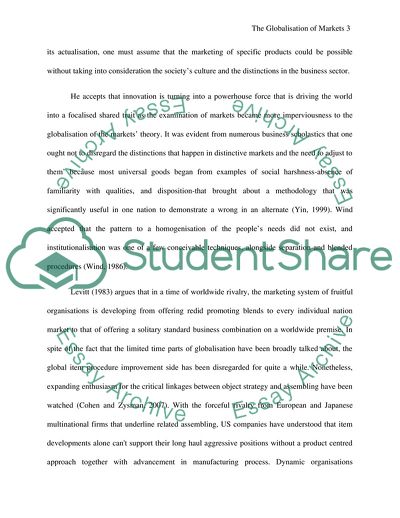Cite this document
(The Globalisation of Markets Literature review Example | Topics and Well Written Essays - 2000 words, n.d.)
The Globalisation of Markets Literature review Example | Topics and Well Written Essays - 2000 words. https://studentshare.org/marketing/1862085-the-globalization-of-markets-theodore-levitt
The Globalisation of Markets Literature review Example | Topics and Well Written Essays - 2000 words. https://studentshare.org/marketing/1862085-the-globalization-of-markets-theodore-levitt
(The Globalisation of Markets Literature Review Example | Topics and Well Written Essays - 2000 Words)
The Globalisation of Markets Literature Review Example | Topics and Well Written Essays - 2000 Words. https://studentshare.org/marketing/1862085-the-globalization-of-markets-theodore-levitt.
The Globalisation of Markets Literature Review Example | Topics and Well Written Essays - 2000 Words. https://studentshare.org/marketing/1862085-the-globalization-of-markets-theodore-levitt.
“The Globalisation of Markets Literature Review Example | Topics and Well Written Essays - 2000 Words”. https://studentshare.org/marketing/1862085-the-globalization-of-markets-theodore-levitt.


